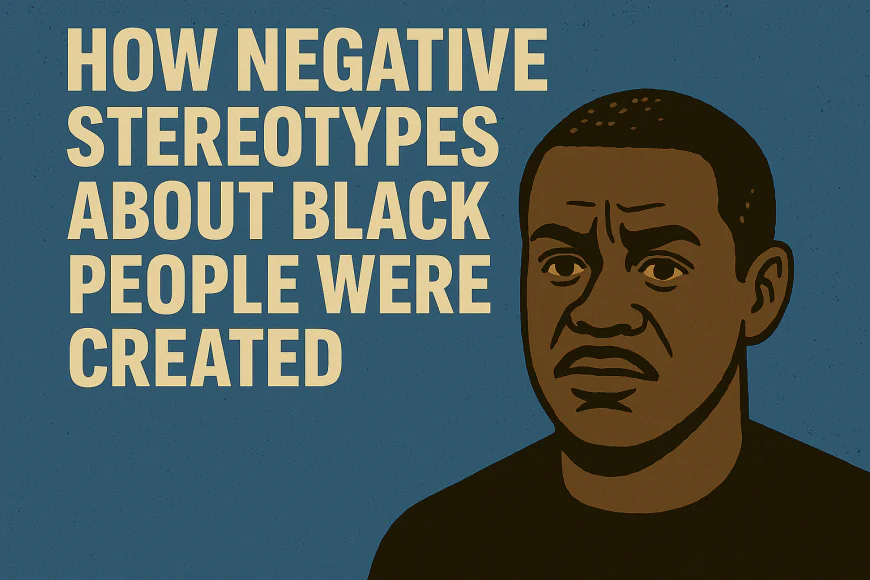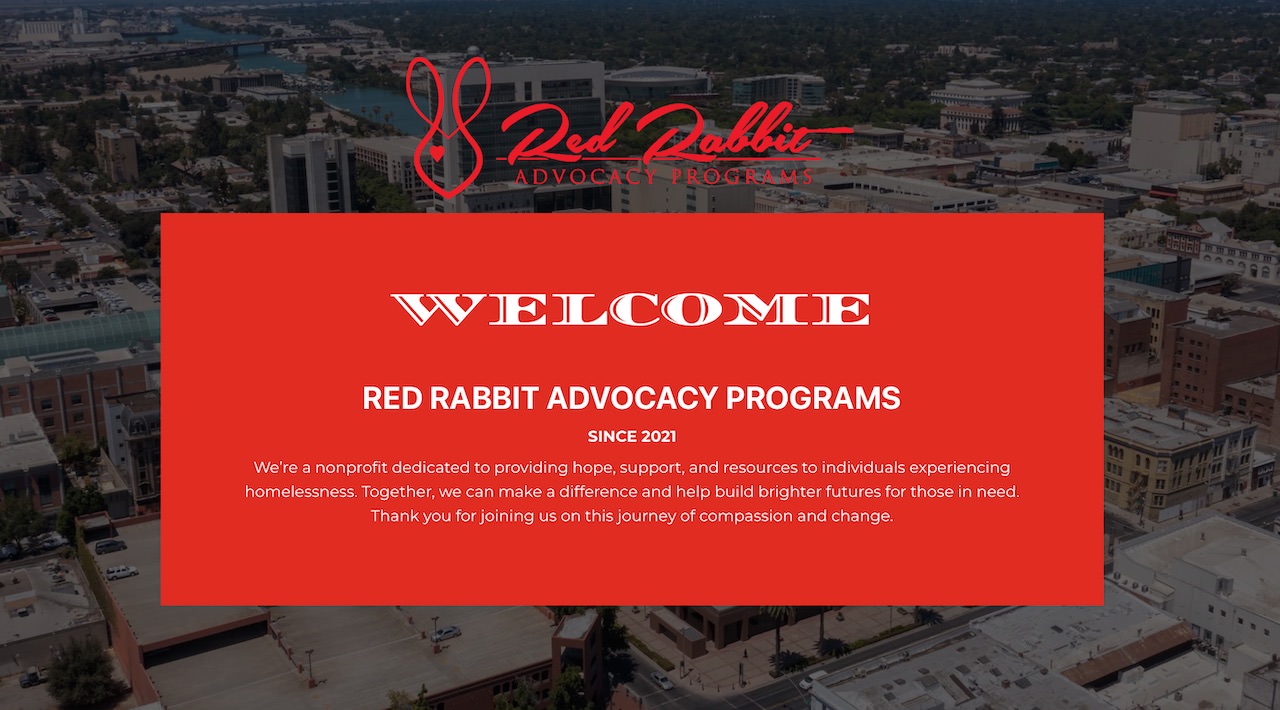🧠 Engineered Perceptions: How Black Stereotypes Were Manufactured to Justify Oppression
They weren’t born—they were built. The negative stereotypes about Black people didn’t emerge from truth. They were deliberately constructed—layer by layer, century by century—to justify slavery, segregation, mass incarceration, and systemic exclusion. These myths weren’t just cruel—they were strategic.

🎭 The Birth of the Lie: Minstrelsy and Blackface
In the 1800s, white performers in blackface created grotesque caricatures of Black people for entertainment. These minstrel shows birthed characters like:
-
Jim Crow: A mocking portrayal of a foolish, dancing Black man—so influential it lent its name to segregation laws.
-
Sambo: The “happy slave”—lazy, childlike, and content in servitude.
-
Mammy: A nurturing Black woman devoted to white families, used to romanticize slavery.
These characters weren’t just jokes—they were propaganda. They shaped how generations of white Americans viewed Black people: not as humans, but as caricatures.
🧪 Slavery Ends—But the System Reinvents Itself
When slavery was abolished in 1865, the 13th Amendment included a loophole: slavery was still legal as punishment for a crime. Southern states seized this opportunity to rebuild their economy and racial hierarchy.
-
Black Codes criminalized everyday life—loitering, unemployment, walking near railroads, even assembling after dark.
-
Thousands of newly freed Black people were arrested for “vagrancy” and other vague charges.
-
These arrests fed the convict leasing system, where prisoners were rented out to corporations and plantations for profit.
Black men, women, and children were forced into backbreaking labor in coal mines, lumber camps, and turpentine factories. They were chained, starved, beaten, and worked to death. In many cases, the conditions were worse than slavery—because leased prisoners were disposable.
🧨 Stereotypes as Justification
To make this system palatable, new stereotypes were spread:
-
“Lazy” to justify economic exclusion.
-
“Violent” to justify over-policing.
-
“Unintelligent” to justify educational neglect.
-
“Hypersexual” to justify surveillance and control of Black bodies.
These weren’t just insults—they were tools. They made systemic abuse look like public safety.
🚔 Arrested for Existing
Throughout the Jim Crow era and beyond, Black people were arrested for nothing—or for being Black in the wrong place.
-
Police used stop-and-frisk, traffic stops, and vague “suspicious behavior” to target Black communities.
-
Black men were disproportionately searched, detained, and incarcerated—often with no evidence.
-
These arrests fed the prison labor system, which still exists today. Incarcerated people make furniture, license plates, and even fight wildfires—for pennies.
The myth of Black criminality was used to justify it all.
📺 Media as a Weapon
Hollywood and the music industry played a massive role in spreading these stereotypes.
-
Early films like Birth of a Nation portrayed Black men as predators and glorified the KKK.
-
TV shows and movies cast Black characters as thugs, maids, or comic relief—rarely as heroes or leaders.
-
Music labels pushed gangsta rap and hypersexual imagery while ignoring conscious artists and community voices.
Even today, Black characters are often reduced to tropes: the angry Black woman, the magical Negro, the criminal, the sidekick.
🧠 Why It Still Matters
These stereotypes aren’t just offensive—they’re dangerous.
-
They shape jury decisions, hiring practices, school discipline, and healthcare.
-
They fuel fear, justify violence, and block empathy.
-
They make systemic injustice look like personal failure.
And they’re still being weaponized—just with slicker packaging.
📣 What We Can Do
We don’t just need awareness—we need action.
-
Educate: Teach the origins of these myths in schools and media.
-
Expose: Call out stereotypes wherever they appear—especially in “harmless” jokes.
-
Empower: Share real stories that challenge the narrative.
-
Interrupt: When you hear a stereotype, ask: “Where did that idea come from?”
“If you don’t challenge the myth, you’re helping it survive.” — USAYE
🧠 Final Thought
The stereotypes about Black people weren’t born from truth. They were built to serve power. And they’ve done their job—century after century.
But truth is louder than myth. And once you see the blueprint, you can start tearing it down.
Let’s not just rewrite the story—let’s expose the authors.
What's Your Reaction?
 Like
0
Like
0
 Dislike
0
Dislike
0
 Love
0
Love
0
 Funny
0
Funny
0
 Angry
0
Angry
0
 Sad
0
Sad
0
 Wow
1
Wow
1

































